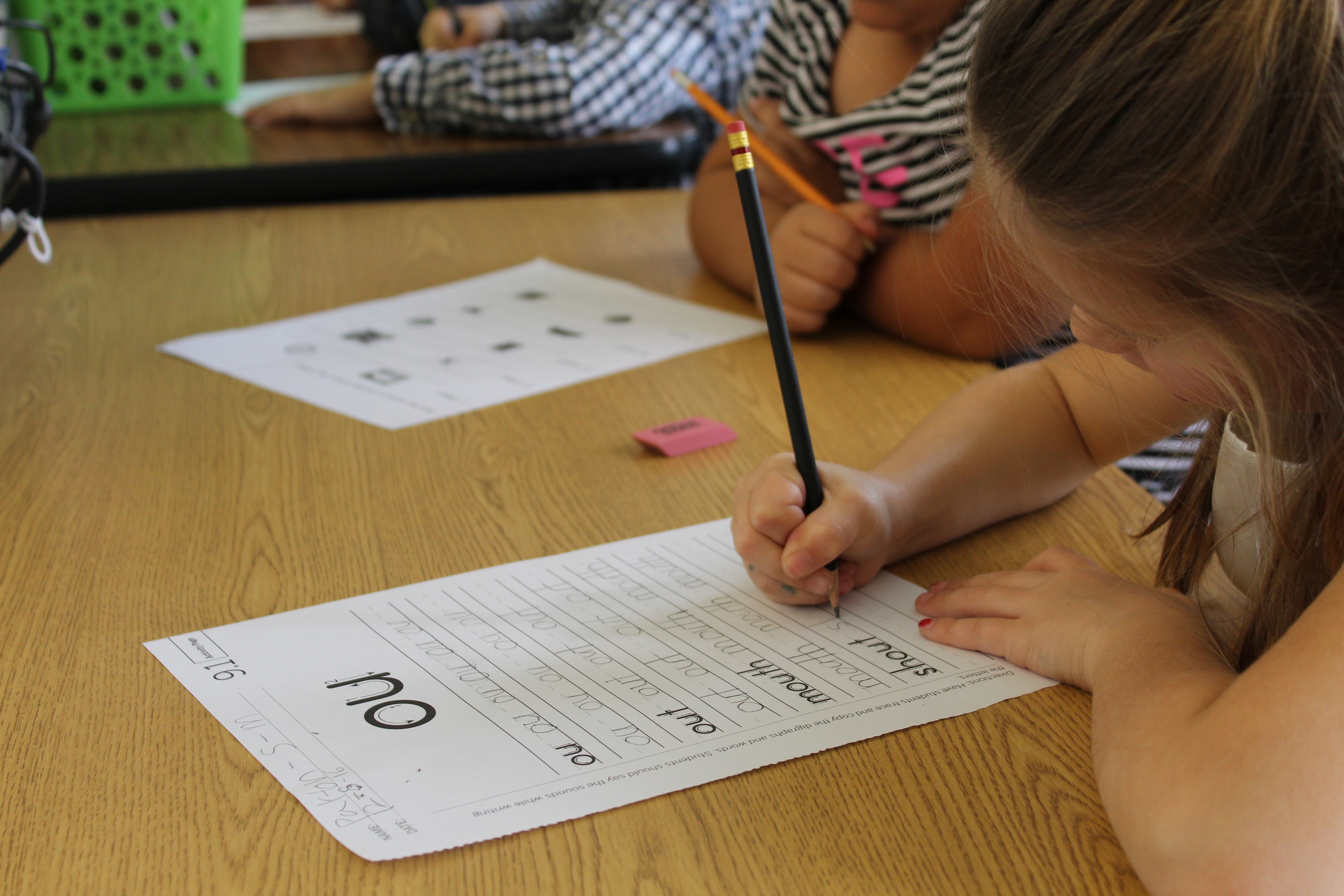When children first learn to read, they will already understand a lot of spoken language. But written words and letters can be as strange to them as these marks below:

We teach children that words are made up of sounds (the technical term is “phonemes”), and we teach them what sounds the letters stand for. The ability to match phonemes with letters allows them to decode, which is a requirement for making meaning out of the words, sentences, and paragraphs they read.
Dyslexia defined
Some students struggle with the phonological components of reading, which include the ability to analyze speech by identifying individual words, word parts or syllables, and phonemes (e.g., understanding that cat is made up of the sounds /c/ /a/ /t/). According to the International Dyslexia Association (IDA), problems with phonological processing are the underlying cause of dyslexia.
Identifying dyslexia
Key signs of dyslexia are difficulty spelling, decoding, reading fluently, or understanding the sounds in words. Difficulty with measures of rapid automatized naming — the ability to rapidly name common objects, which is a measure of retrieval of phonological information, may also be a sign.
Assessing dyslexia risk
According to the IDA, it is possible to identify potential reading problems in children early, rather than waiting for them to fail. The IDA stresses the importance of early identification of reading difficulties, even as early as kindergarten, to provide students the support they need and prevent further difficulty. Using screening assessments for early identification of reading difficulties creates an opportunity to pinpoint strengths and weaknesses, then provide students with the instructional support they need. Once students are identified as needing additional instructional support, their reading progress must be monitored using reliable and valid progress monitoring measures, and the results used to inform instruction to ensure that students are on track to reading success. With strong, targeted instructional supports, all students (including students at risk of developing dyslexia) can become successful readers.
mCLASS:DIBELS Next and mCLASS:Early Literacy Measures assessments can help identify students experiencing reading difficulty, including difficulty related to dyslexia. These tools can help educators determine where to provide instructional support, and present a simple and easy way to monitor student progress in discrete skill areas needed to close gaps in learning. Curious about how you this tool works? Learn more here:
Webinar: Identifying Students At-Risk of Dyslexia
For a deeper dive into understanding dyslexia, or for more information on how to get involved in advocacy efforts, visit these resources:
Share this post

.png)

